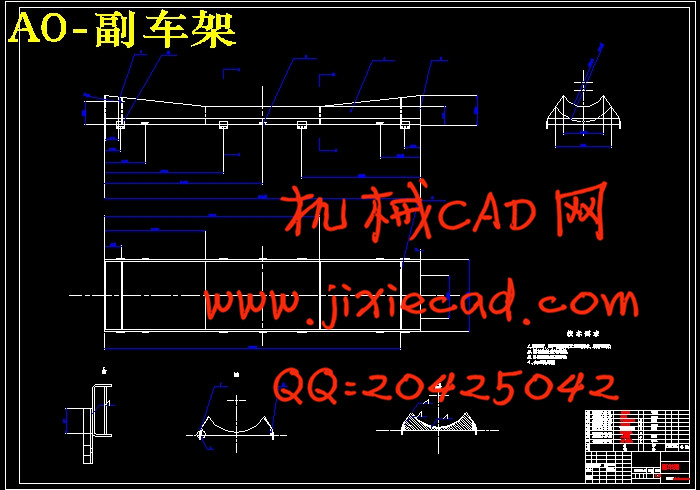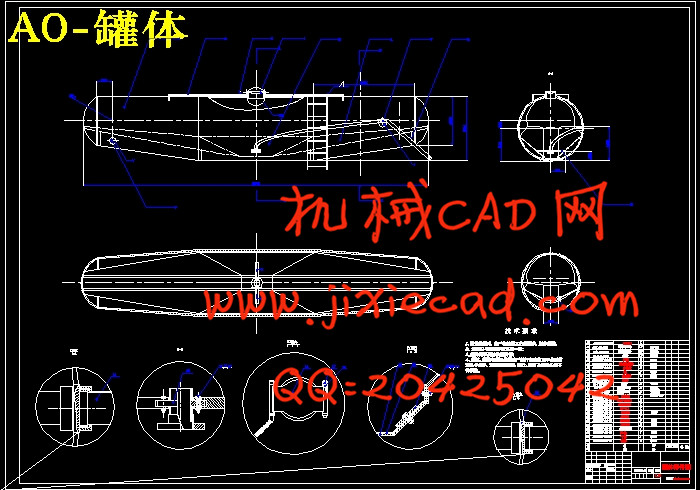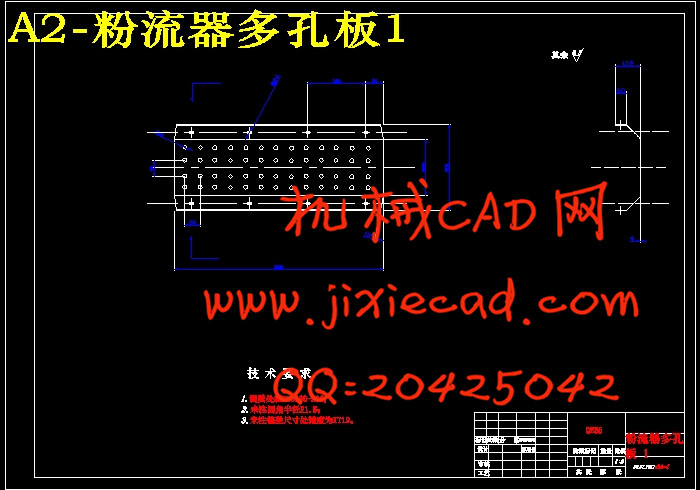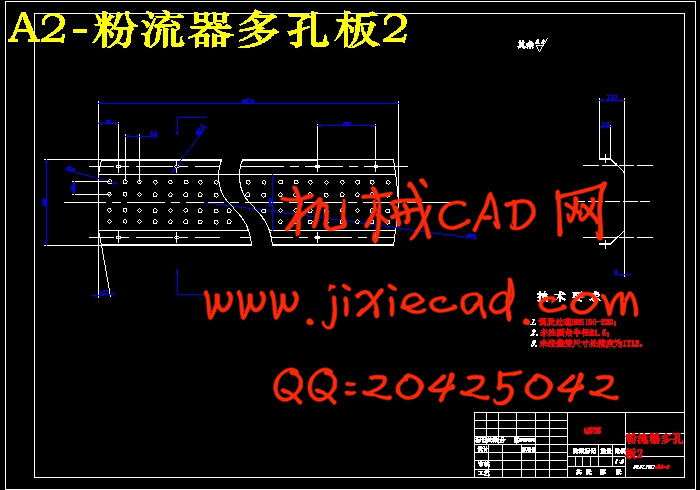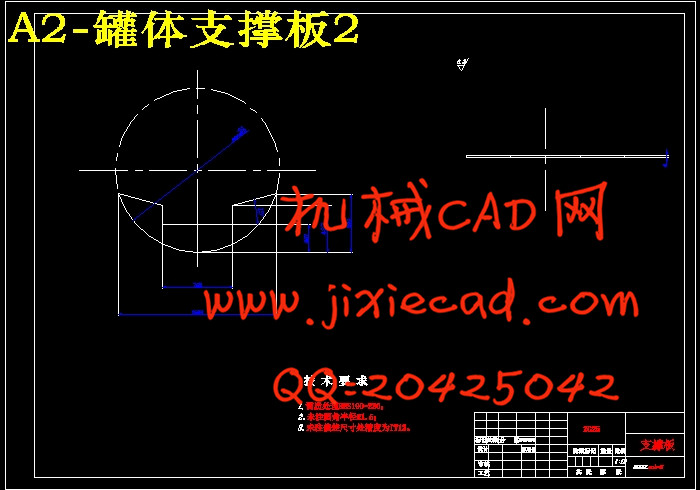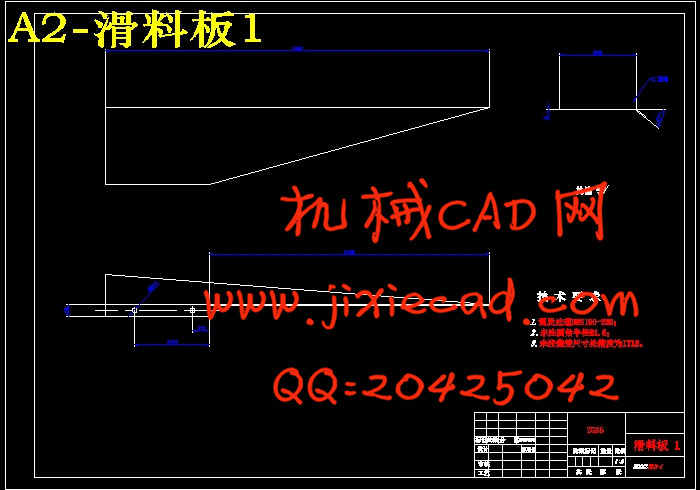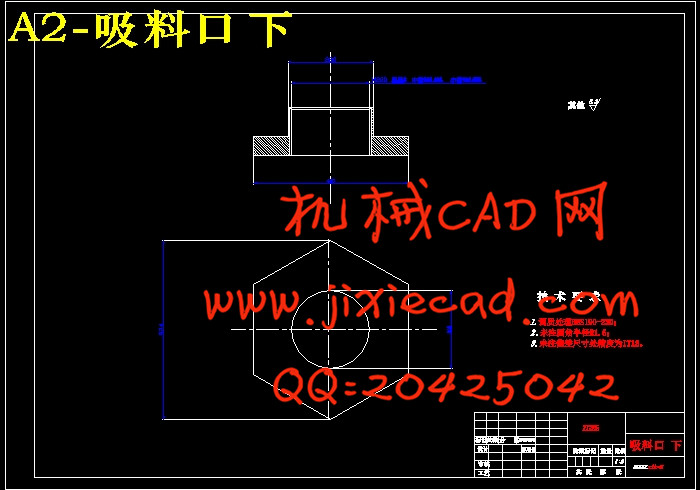设计简介
摘要
粉粒物料运输车是采用压缩空气使运输的粉粒物料流态化后,通过管道输送到一定距离和高度,用于运输如水泥,面粉,滑石粉,煤粉等的罐式汽车。研究粉料散装运输可以提高运输效率,节约运输费用,降低产品成本,同时能实现装运卸贮机械化。
本课题以气卸散装粉煤灰车为具体研究对象,文中介绍了气卸散装粉煤灰车的发展现状,确定了承载粉煤灰的吨位并对汽车底盘进行选型及总体布置,对其罐体进行设计计算,其中包含流化板、多孔板、罐体支承装置的设计以及对罐体有效容积进行计算。
利用止推板和连接支架对罐体总与二类底盘进行了连接并固定,通过焊接方法保证了罐体和罐体支承座的连接。最后对整车性能进行了分析,应用CAD软件建立整车装配、罐体总成及相关零件模型。
关键词:粉粒物料;二类底盘;粉煤灰;气卸装置;改装设计
Abstract
The powder tanker of gas unloading take a significant roles in special vehicle. To study and design the powder tanker of gas unloading can improve the level of mechanization of loading and save labor, reduce labor intensity and lower construction costs. So, researching and designing the powder tanker of gas unloading has a very important practical significance in practical.
The cement tanker of gas unloading was as specific subjects in this text. The text expound the cement tanker of gas unloading development of the special vehicle, identified the tonnage of cement which carrying , to the second underpan design the tank, which includes flow of plates, porous panels, tank support and calculate the effective of tank volume.
Thrust plate and connect plank is used to fix the tank with a car, through various means such as welding tank and ensure the tank connection with support saddle. Finally, analysis the vehicle performance , Application of CAD software to establish vehicle assembly, the tank model and related spare parts.
Key Words: Silt material ;the second unperpan;Flyash
;Gas Disposal Plant;Design Modifications
目 录
摘 要 I
Abstract II
第1章 绪 论 1
1.1研究现状 1
1.2选题目的 3
1.3意义 3
1.4主要内容和技术路线 3
第2章 总体方案的选择 5
2.1 牵引车的的选择 5
2.2 罐体型式的选择 5
2.3 空气压缩机的选择 6
2.4 卸料装置的选择 6
2.4.1 卸料方式分类 6
2.4.2 出料装置方案的选择 6
2.5 本章小结 6
第3章 半挂车的选型及总布置 7
3.1 半挂车的选型 7
3.2总体布置的原则 9
3.3整车参数的确定 10
3.3.1 装载质量
3.3.2 尺寸参数的确定 10
3.4 本章小结 11
第4章 罐体的总体结构和设计 12
4.1 罐体总成结构及工作原理 12
4.2 罐体容积计算 12
4.2.1 总容积V 12
4.2.2 有效装载容积计算 13
4.2.3 扩大容积计算 13
4.2.4 装载容积计算 13
4.2.5 气室容积计算 13
4.3 流态化装置的设计 13
4.3.1 流态化装置的类型和结构 14
4.3.2 多孔板的设计 14
4.3.3 流态化元件选择 15
4.4 流态化床主要参数计算 15
4.5 进料装置设计 18
4.6 出料装置、卸料软管及卸压装置的布置 18
4.6.1 出料装置 18
4.6.2 卸料软管 18
4.6.3 卸压装置 18
4.7 罐体内部结构的设计 19
4.7.1 气室结构的设计 19
4.7.2 中央气室长度的设计 19
4.7.3 气化板宽度的设计 19
4.7.4 流态化板倾斜角度及气化层倾斜角度的设计 19
4.8 罐体的材料选择 20
4.9 罐体厚度的计算 20
4.9.1 罐体的最小厚度 20
4.9.2 厚度附加量 20
4.10 封头设计 21
4.11 罐体支承座设计 22
4.11.1 支承座的截面形状及尺寸 22
4.11.2 支承座的前端形状及安装位置 22
4.11.3 罐体支承座的固定 22
4.12 本章小结 23
第5章 气卸及输料装置的设计 24
5.1 空压机选择 24
5.2 输料管设计 24
5.2.1 输料管内径和气流速度的确定 24
5.2.2输送系统的压力损失 25
5.3 气压控制系统的设计 27
5.4 本章小结 28
第6章 整车主要性能参数的计算 29
6.1 动力性计算 29
6.1.1 发动机的外特性 29
6.1.2 计算各档位是的系数A、B、C1、C2和D值 29
6.1.3 动力性评价指标的计算 29
6.2 燃油经济性计算 32
6.3 静态稳定性计算 33
6.4 本章小结 34
结 论 35
参考文献 36
致 谢 37



